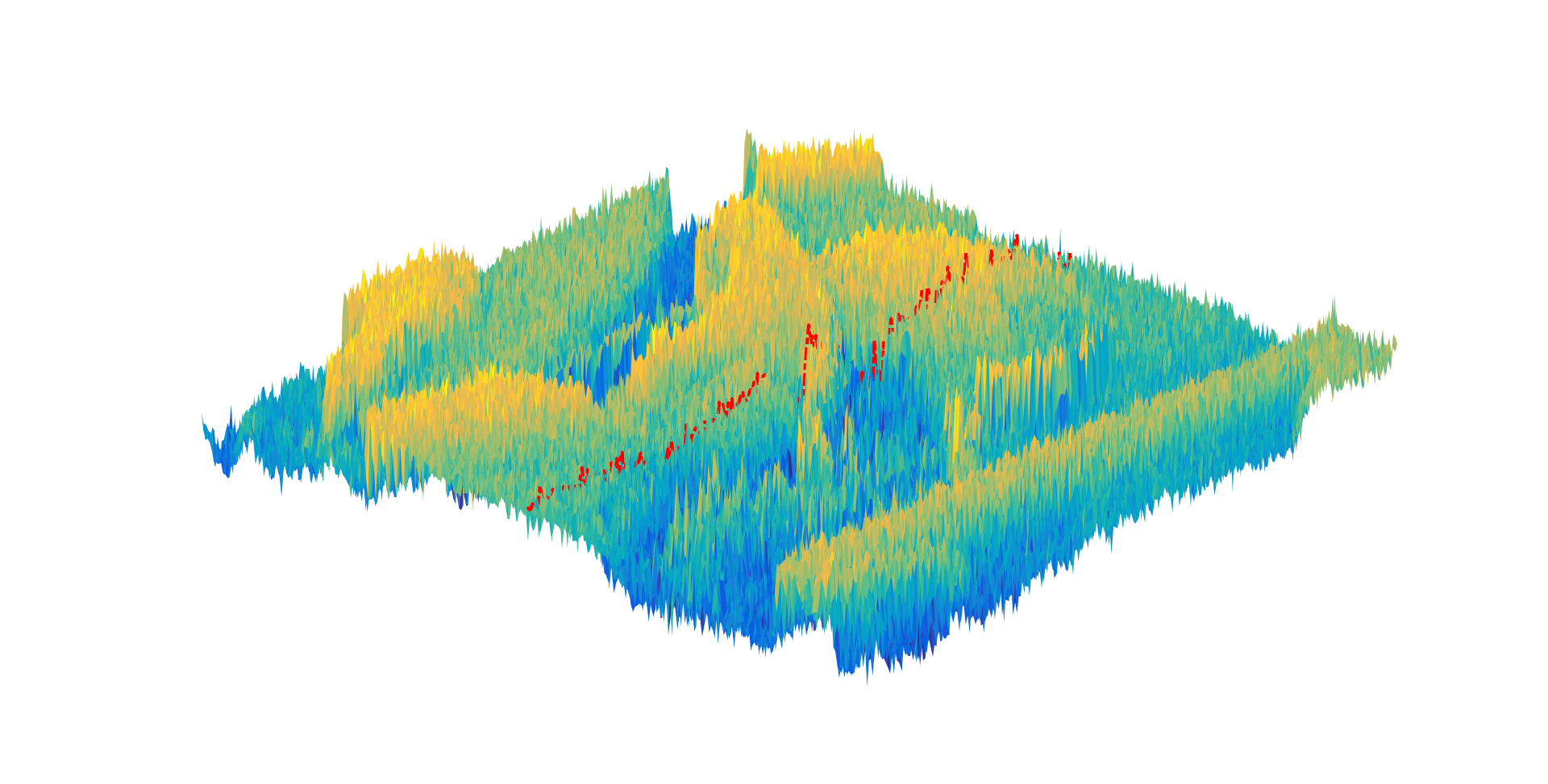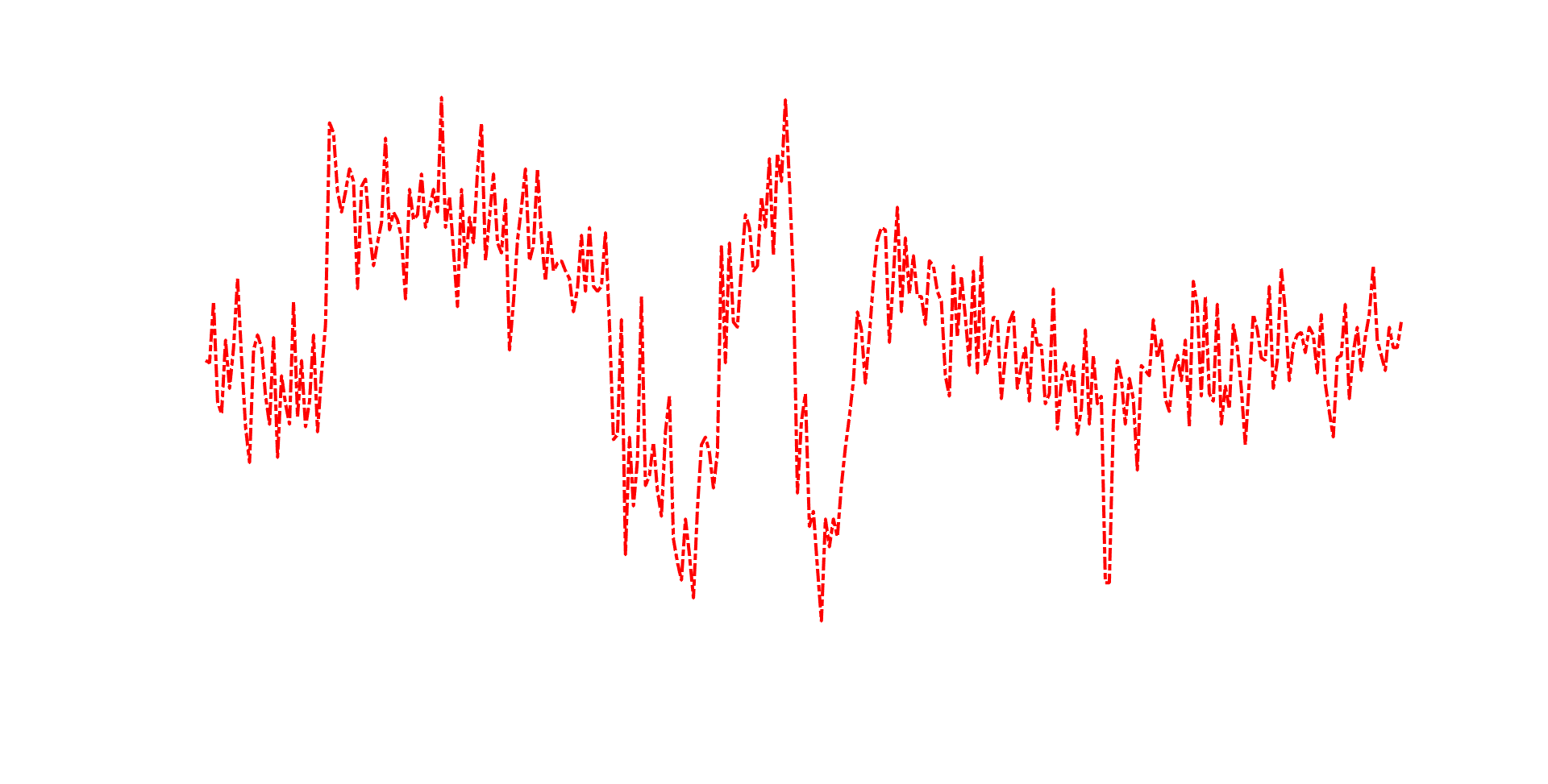Two-Dimensional Transforms and Image Processing
Representing Images as
The discrete Fourier transform transforms a finite length signal that starts as a function of time into a function of frequency. Just like any one dimensional signal (ex. sound wave) can be represented as a combination of one dimensional frequencies - see Figure 1 - and any two dimensional signals (ex. image) can be represented as a combination of two-dimensional frequencies (see Figure 2). In fact, we can “slice” each column or row of a two-dimensional signal:

to get a one-dimensional signal that can be Fourier transformed like any other signal:

A one-dimensional signal is just a list of values associated with specific moments in time. A two dimensional signal can be represented as a two dimensional matrix of values. That is why a gray scale image can be considered a two-dimensional signal.
Figure 1.
Figure 2.
As the functions and properties of one-dimensional and two dimensional Fourier transforms have carried, there are also many possibilities for filtering two-dimensional Fourier transforms. A low pass filter applied to the transform of an image would cause higher frequency properties (such as noise) to be eliminated while a high pass filter would take a way a lot of the details of the image.